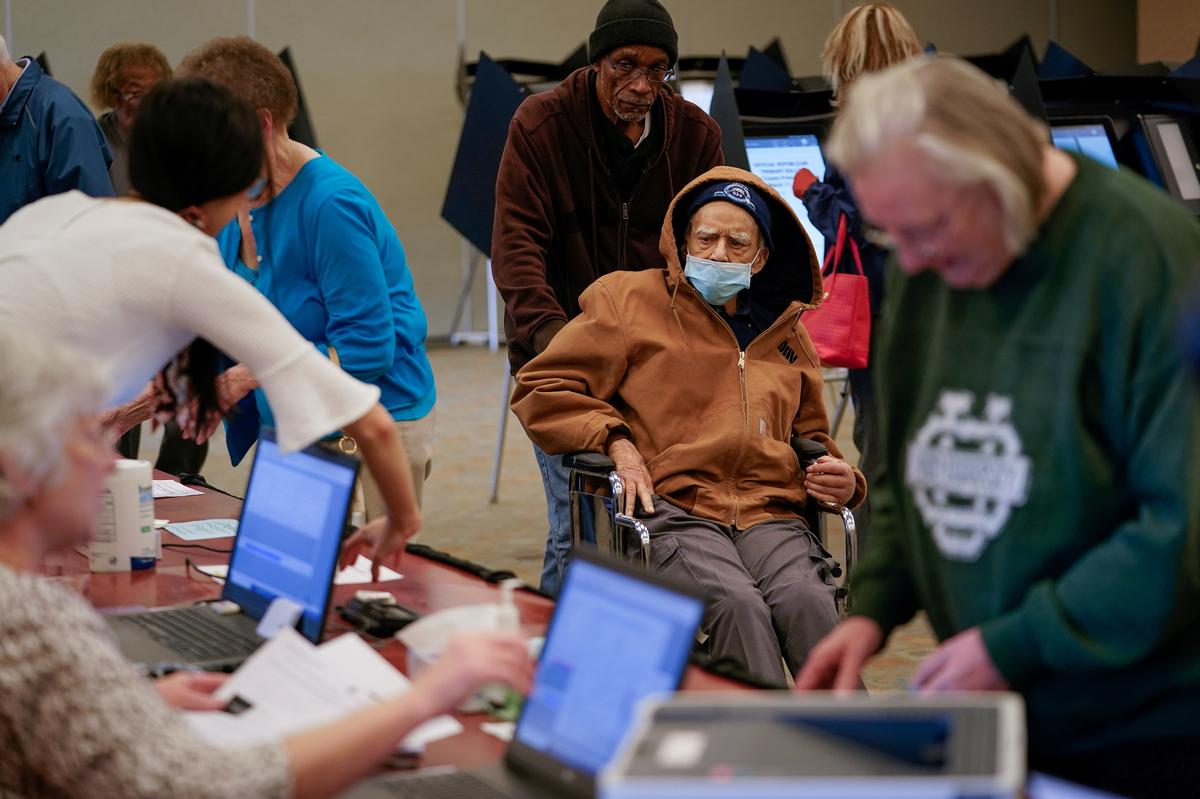WASHINGTON (Reuters) – Nearly a quarter of Ohio’s counties are deploying fewer poll workers for the state’s Democratic primary on Tuesday than they have in previous presidential election years, raising concerns from voting-rights advocates who say the reductions could lengthen lines at the polls.
Thanks to a change in state law last year, at least 1,200 fewer poll workers are slated to be on duty than in past federal elections, according to a Reuters analysis of staffing projections supplied by county election boards across Ohio.
The cuts will affect polling stations across 20 of Ohio’s 88 counties, impacting 7.8% of Ohio’s electorate but more than half of voters in the affected counties.
On top of these planned reductions, fears of the novel coronavirus have prompted hundreds of poll workers – who are often elderly and therefore at higher risk if they contract the virus – to stay at home rather than work on Election Day, said Aaron Ockerman, executive director of the Ohio Association of Election Officials.
“We’re doing our best to backfill and level the losses, though we’re not at 100%,” Ockerman said.
Before 2019, Ohio required counties to deploy at least four poll workers for each of the state’s nearly 9,000 election precincts. But the state’s most recent budget tweaked that formula.
Counties now have the option to reduce by as much as 50% the number of workers at polling places where voters from multiple precincts use a single facility, provided that location is equipped with electronic pollbooks, an automated replacement for paper registries to sign in voters.
But unforeseen disruptors such as the coronavirus underscore why it is important to staff polling locations robustly, said Catherine Turcer, executive director of the Ohio branch of Common Cause, a nonpartisan watchdog group.
“If we

